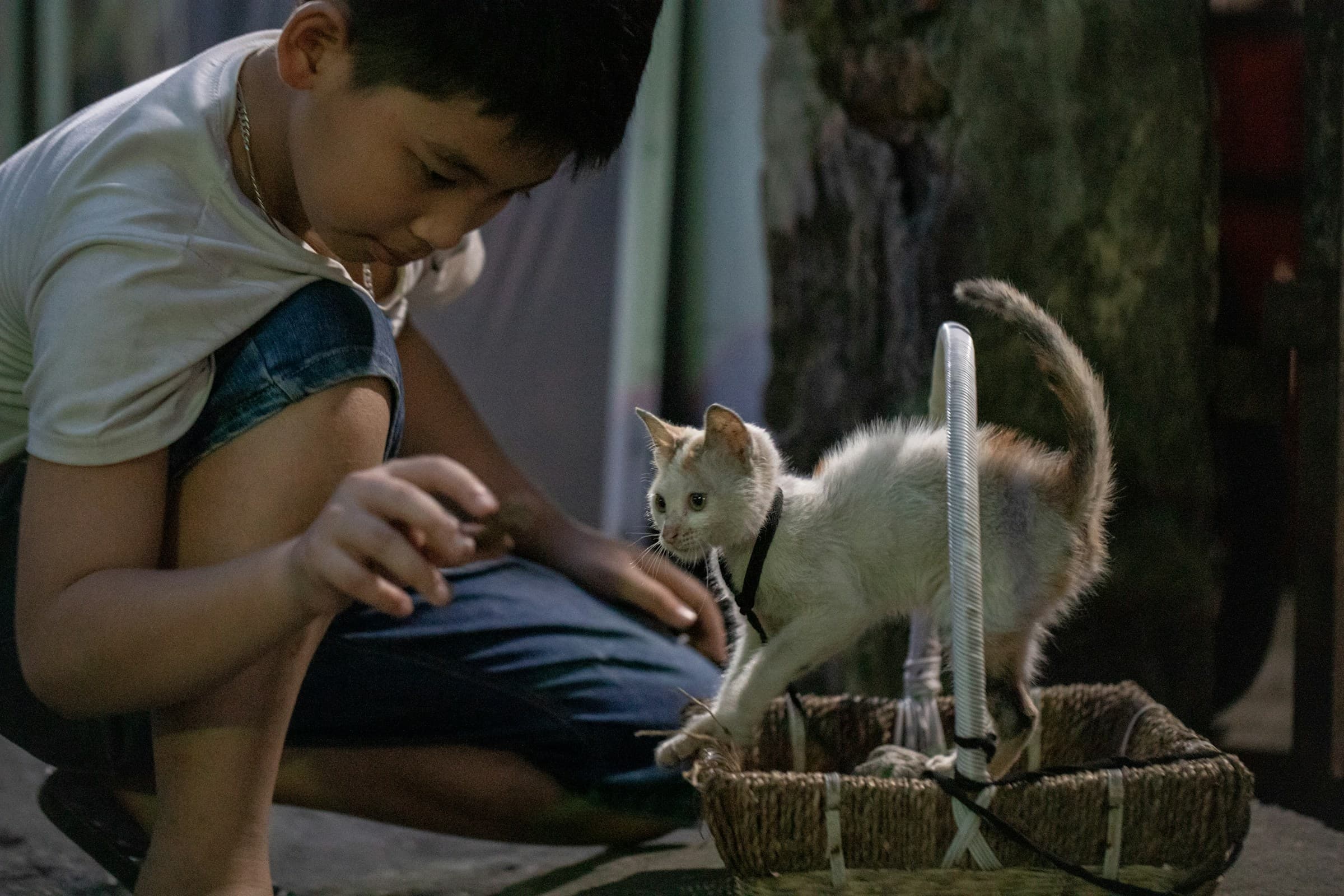Cats can get acne, no question about it. Noticed tiny black spots around your cat’s chin? They’re not just crumbs or random dirt. They’re probably cat acne. While it might sound strange, it's actually pretty common. Those little pepper dots can sometimes get irritated or even a bit painful. Let’s find out what causes it, how to treat it and some easy ways to keep your kitty’s chin clear.
What Is Cat Acne?
Think of cat acne as small feline blackheads or "pepper flakes" that show up on your cat's chin. They’re basically clogged pores from oils and dirt getting trapped in the hair follicles around their face. It usually stays mild, but if left unattended, it can become sore or infected, which no one wants. According to PetMD, sometimes cats with chronic acne can have multiple plugged follicles. These become a huge problem when infection develops in them.
Causes of Cat Acne
Bacterial Infections
Cats get into all sorts of things, and they often carry bacteria around on their fur. This bacteria can get trapped under the chin, especially when eating, and clog up the skin there. If it sticks around for too long, it can lead to feline acne.
Poor Grooming Habits
Not every cat is a neat freak. Some cats are a bit lazy with grooming (hey, we’ve all been there), so if they’re missing spots, oils and grime can build up and trigger acne.
Allergies and Skin Irritants
There are a lot of things that cats can be sensitive to. Food, cleaning products or even certain fabrics can be allergens for felines. It can sometimes show up as chin acne or other skin problems.
Stress and Hormonal Changes
Stress and hormones can impact a cat’s skin just like in humans. Those little black dots can appear when a cat is feeling stressed and anxious. Do a quick analysis and try to identify the reason for the stress. This could be a change in the household, moving or a family member leaving.
Plastic Food Bowls
The VCA Animal Hospitals recommends using ceramic or steel bowls for their food and water. Plastic can trap bacteria in tiny scratches or cracks. It then rubs off on your cat’s face when they eat. Opt for stainless steel or ceramic bowls for a smarter choice. It is simpler to clean them and prevent bacteria growth. This basic modification will greatly contribute to minimizing acne flare-ups in cats.
Symptoms of Cat Acne
The signs are usually pretty clear. The most obvious is tiny black dots on skin or specks around your cat’s chin. They look like little blackheads. When you touch them, sometimes they feel a bit gritty. The area might look red, swollen or sore when it is a serious case.
Diagnosing Cat Acne
Even if it looks like acne, getting a confirmation is always best. A quick visit to the vet should do the trick. Most vets can tell just by looking. They might do a little extra checking if there’s a sign of infection.
Treatment Options for Cat Acne
Cat acne treatment is usually pretty straightforward. Regular cleaning is the first line of defense. Wipe your cat’s chin gently with a damp cloth. This can help remove dirt and oils before they become cat chin acne. Topical treatments also work well. Sometimes vets will recommend a safe antiseptic or antibacterial solution to keep things clean. Just be sure to use what they suggest since not everything is safe for cats.
Switch to non plastic bowls. Buy ceramic or stainless steel bowls. It can cut down on the bacteria your cat comes in contact with. Make sure that you wash these bowls regularly. Using medicated shampoos or scrubs also helps. For stubborn cat acne cases, your vet might recommend a medicated shampoo. Just follow their directions since cat skin can be pretty sensitive. Take special care to avoid known irritants. Try to pinpoint what’s triggering your cat’s allergy. Once you do that, make some changes.
Preventing Cat Acne
Prevention is all about keeping things clean and simple. Clean their chin as often as you can. Wiping your cat’s chin regularly, especially after meals, can go a long way in preventing those black spots. Use stainless steel or ceramic bowls. These materials are easier to keep clean and don’t trap bacteria. Reduce stress. A calm and steady environment can help keep your cat’s skin healthy. Help them out with their grooming. Give them a little extra brushing or face-cleaning if they’re not so great at grooming themselves.
Frequently Asked Questions
Do cats get acne?
Yes, they sure do! It’s actually fairly common, especially under their chins.
What causes cat acne on their chins?
Anything from bacteria, poor grooming, allergies, stress, or plastic food bowls can trigger chin acne.
What should I do if my cat has a black chin?
Attempt to softly clean it by using a moistened cloth. If the black spots persist, it's likely acne, and a veterinarian can assist you with what to do next.
How do I treat my cat’s pimples?
Clean the cat pimple with a cloth and follow any product recommendations from your vet to safely treat it.



